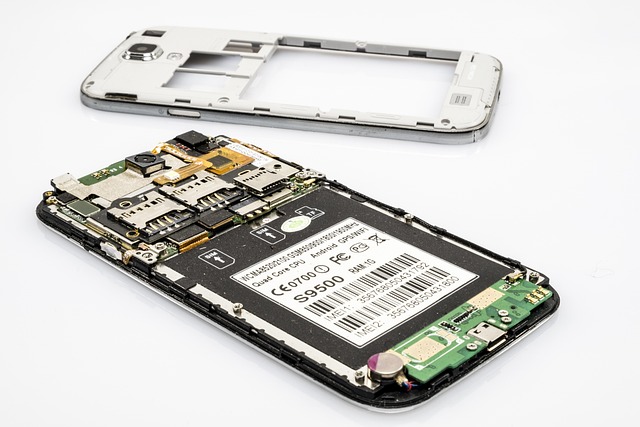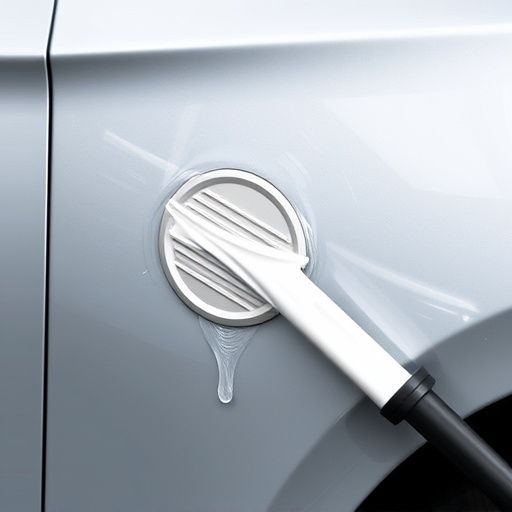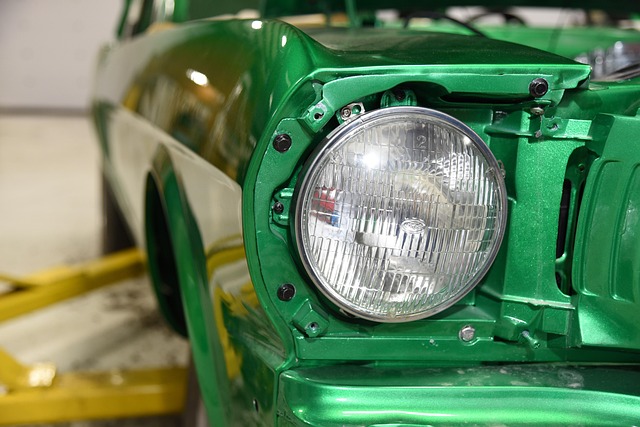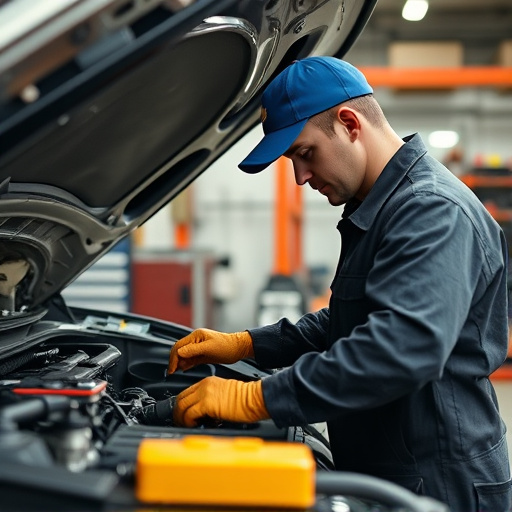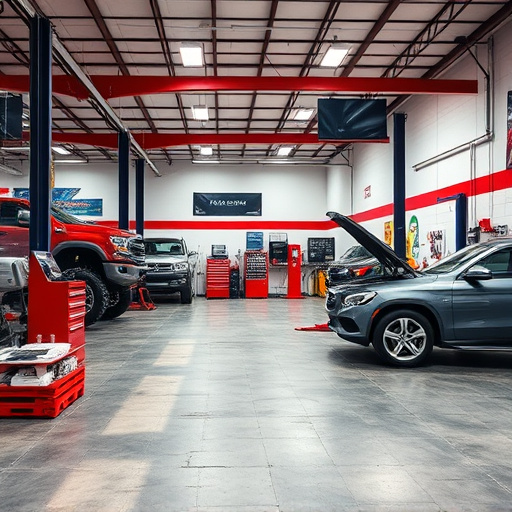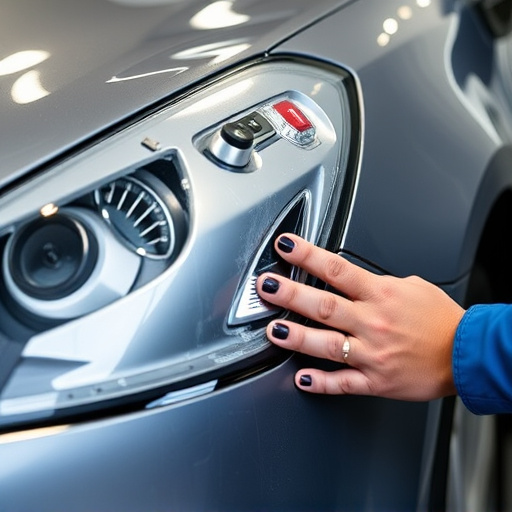Sustainable collision centers go beyond trends, integrating green initiatives to minimize environmental impact from car repairs. Using eco-friendly materials, energy-efficient tech, and recycling methods, they reduce their carbon footprint. Advanced technology, like digital design software and automated painting systems, enhances efficiency. Training programs equip technicians with sustainable practices, ensuring environmentally conscious decisions and positioning these centers as industry leaders in ecological stewardship.
In today’s eco-conscious world, the automotive industry is undergoing a green transformation, and at the forefront of this shift are sustainable collision centers. This article explores the driving forces behind innovation in these facilities. We delve into the adoption of eco-friendly practices in collision repair, the pivotal role of technology for efficiency, and the importance of training and education for green management. By embracing these aspects, sustainable collision centers not only minimize environmental impact but also stay ahead in a competitive market.
- Embracing Eco-Friendly Practices in Collision Repair
- Technology's Role in Sustainable Center Efficiency
- Training and Education for Green Collision Management
Embracing Eco-Friendly Practices in Collision Repair

At a sustainable collision center, embracing eco-friendly practices is not just a trend but a cornerstone of their operational philosophy. This shift towards green initiatives isn’t just about reducing waste; it’s a strategic move to minimize the environmental impact associated with car body repair and automotive restoration processes. By adopting environmentally conscious methods, these centers are leading the way in collision repair services, setting a new standard for the industry.
Using sustainable materials, energy-efficient technologies, and eco-conscious disposal methods, such as recycling auto parts and waste, reduces their carbon footprint. This approach not only benefits the planet but also offers long-term cost savings, making it a win-win scenario for both businesses and the environment. In today’s world, where sustainability is at the forefront of consumer preferences, these practices ensure that the collision center remains competitive while contributing to a greener future.
Technology's Role in Sustainable Center Efficiency
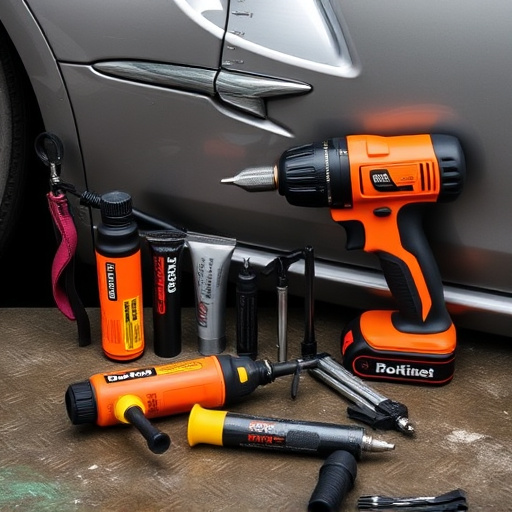
The integration of advanced technology is a key driver of efficiency in modern sustainable collision centers. By adopting innovative tools and systems, these centers are revolutionizing the way auto repair services are delivered, with a focus on minimizing environmental impact. For instance, digital design software enables precise car body repair, reducing material waste and energy consumption compared to traditional methods.
Additionally, automation plays a significant role in streamlining processes within collision repair centers. Automated painting systems, for example, ensure consistent quality while minimizing the use of volatile organic compounds (VOCs), contributing to cleaner air and reduced environmental footprint. These technological advancements not only enhance the overall efficiency of operations but also align with the industry’s commitment to sustainable practices, making collision centers more eco-friendly and forward-thinking in their approach to auto repair services.
Training and Education for Green Collision Management
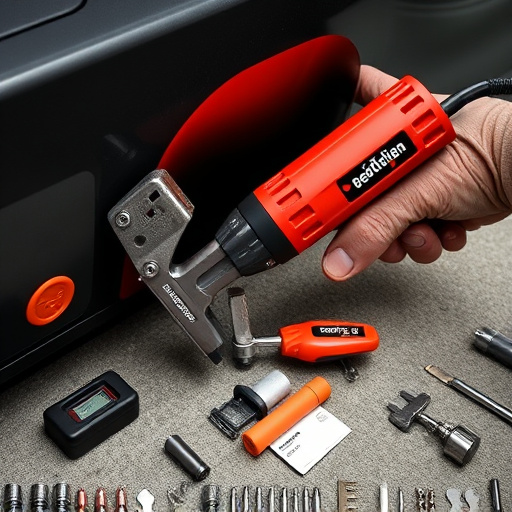
In today’s eco-conscious world, training and education play a pivotal role in driving green practices at sustainable collision centers. These facilities are not just about fixing vehicles; they are becoming hubs for promoting environmental stewardship. By upskilling their staff in sustainable collision management, auto collision centers can ensure that every repair process is aligned with ecological principles. This includes techniques for efficient material usage, reducing waste generation, and implementing eco-friendly practices in fleet repair services and car scratch repairs.
The education of technicians involves learning about the latest tools and technologies designed to minimize environmental impact without compromising quality. It’s not just about repairing; it’s about fostering a culture where every decision, from choosing the right parts to disposing of waste, considers the planet’s well-being. This holistic approach ensures that these collision centers not only serve as green oases in the automotive industry but also set an example for others to follow, making them true leaders in sustainable auto care.
In today’s eco-conscious world, a sustainable collision center isn’t just an environmentally responsible choice—it’s a business necessity. By embracing eco-friendly practices, leveraging technology for efficiency, and prioritizing green management training, these centers are not only reducing their environmental impact but also enhancing their operational resilience. This holistic approach to sustainability positions them as industry leaders, setting new standards for the future of collision repair while ensuring a greener, more responsible automotive ecosystem.

